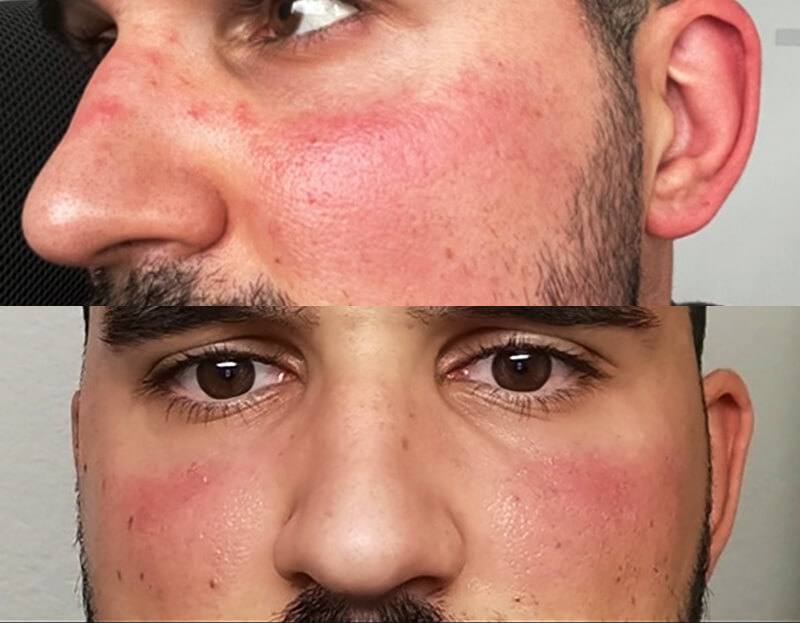 Noting the benefits of both skin care and medical therapy in treating rosacea, a recently published study compared the skin care practices of individuals with rosacea skin to those with healthy skin to identify patterns and suggest practices that may influence optimal results.1
Noting the benefits of both skin care and medical therapy in treating rosacea, a recently published study compared the skin care practices of individuals with rosacea skin to those with healthy skin to identify patterns and suggest practices that may influence optimal results.1
Two hundred individuals participated in the study, conducted in Turkey. Half of the patients were diagnosed with rosacea, while the other half were people without the disorder, matched by age and gender, who served as the control group.
The researchers found that the presence of rosacea significantly affected skin care habits, as they observed a number of patterns aimed at avoiding irritation. Patients with rosacea were more likely to wash their face with just water and less frequently with soap or cleanser than those in the healthy control group. Additionally, rosacea patients were less likely to wear makeup daily, and were more likely to use sunscreen on a daily basis after they were diagnosed — 31%, compared with just 25% of the control group.
The researchers pointed out that while the use of makeup is relatively low in Turkey, the rate of not using cosmetics at all was significantly higher among rosacea sufferers in the study. “When any cleaning product [such as] a makeup remover is used, patients may have reduced their habit of using makeup products because of the sensitive skin in rosacea,” they explained.
Altered skin reactions are common in rosacea patients, the researchers noted. “This may partly explain why these patients have an increased sensitivity to certain components of skin care products that are widely used throughout society,” they said.
To help patients overcome this challenge, the National Rosacea Society (NRS) recently introduced a Seal of Acceptance program that identifies gentle skin care and cosmetic products that are generally suitable for sensitive rosacea skin. The seal is displayed on NRS-accepted consumer products, which are also listed on its website.
Factors that cause repetitive dilation and deterioration of capillaries (small blood vessels) are also common triggers for rosacea, so it was surprising that the researchers found that a history of taking hot baths or using a sauna was higher in the rosacea patient group than in the control group (35% versus 19%).
The researchers also noted that the use of topical steroids was significantly higher in the rosacea patient group (16%) than in the non-rosacea group (6%). While the initial anti-inflammatory effects of topical steroids may cause a temporary reduction in redness, continued use is known to cause a rash that is clinically indistinguishable from rosacea, and the medication is therefore not prescribed for rosacea by dermatologists.
Moreover, they found that the density of Demodex mites, microorganisms found in all skin, was greater than normal in 80% of rosacea patients. In their study they saw an increase in the severity of plaque and dry appearance with the rise in mite density, but no changes in other signs of rosacea. They noted that skin cleansing effectively reduced the number of mites, and that lack of cleansing might therefore be a trigger for rosacea symptoms.
It is essential for patients with rosacea skin to be more thoughtful about their skin care practices. “Since rosacea occurs in people of different races and skin types, skin care recommendations should be specific to the person as well as treatment of the disease,” the investigators concluded. “In this context, dermatologists should explain the importance of skin care to patients with rosacea to increase their awareness and help create a patient-specific skincare routine.”
Reference
1. Guder H, Guder S. Investigation of skincare habits and possible rosacea triggers of patients with rosacea: a prospective case-control study. North Clin Istanb 2024 Jan 31;11(1):27-37. doi: 10.14744/nci.2023.33410